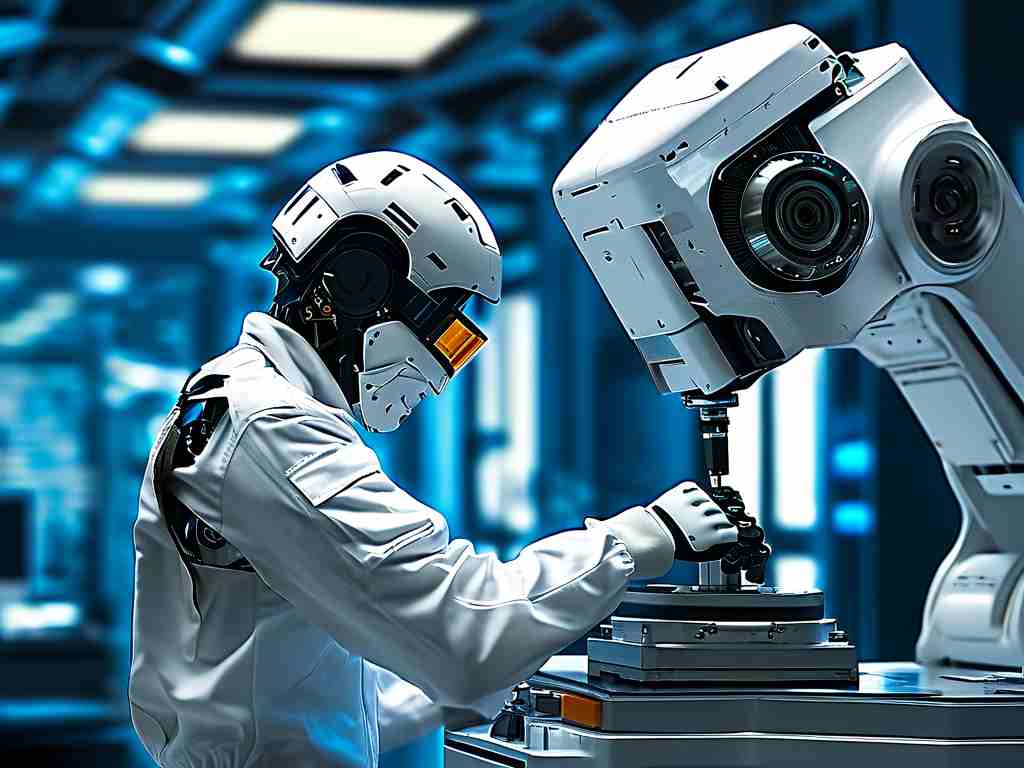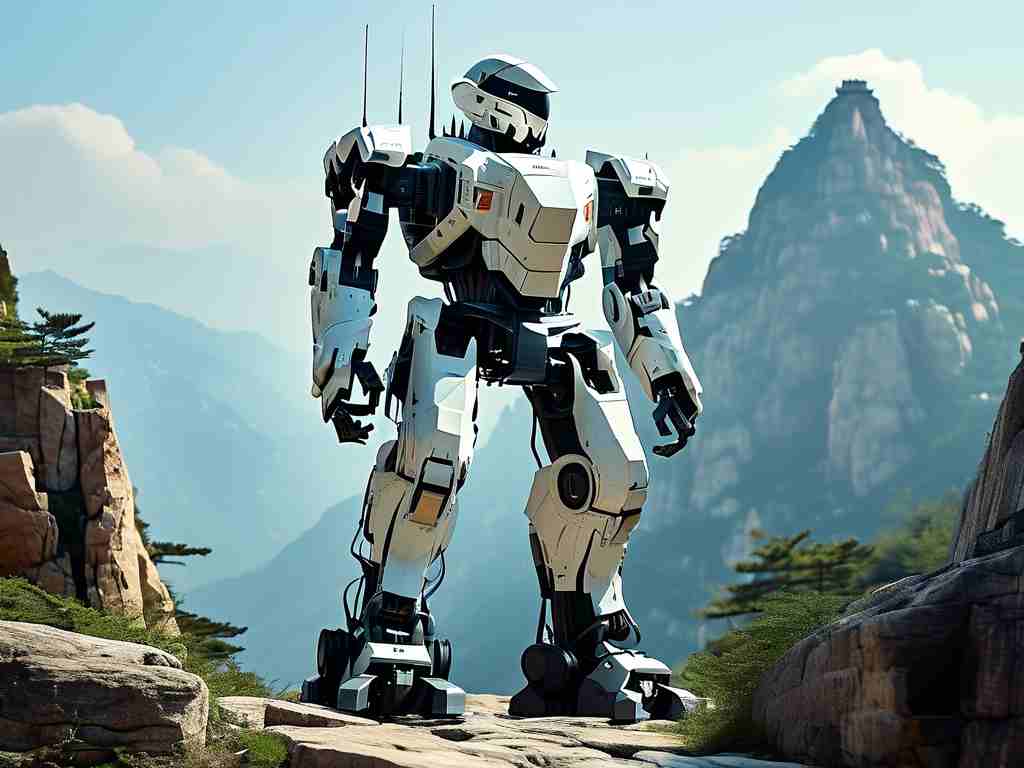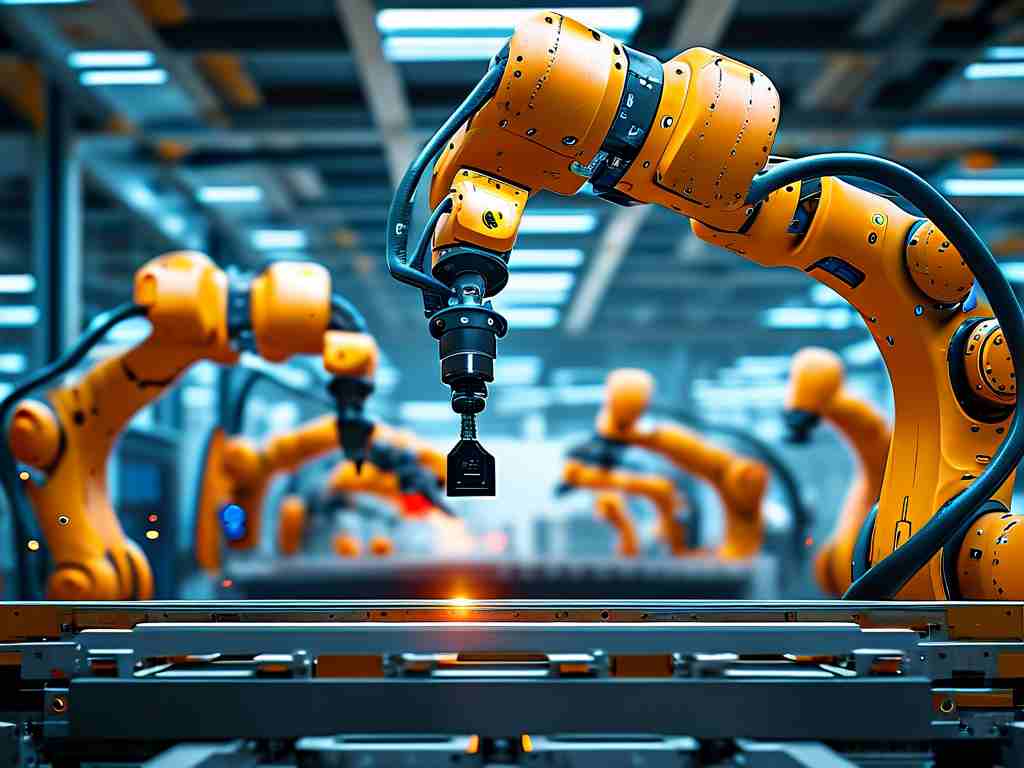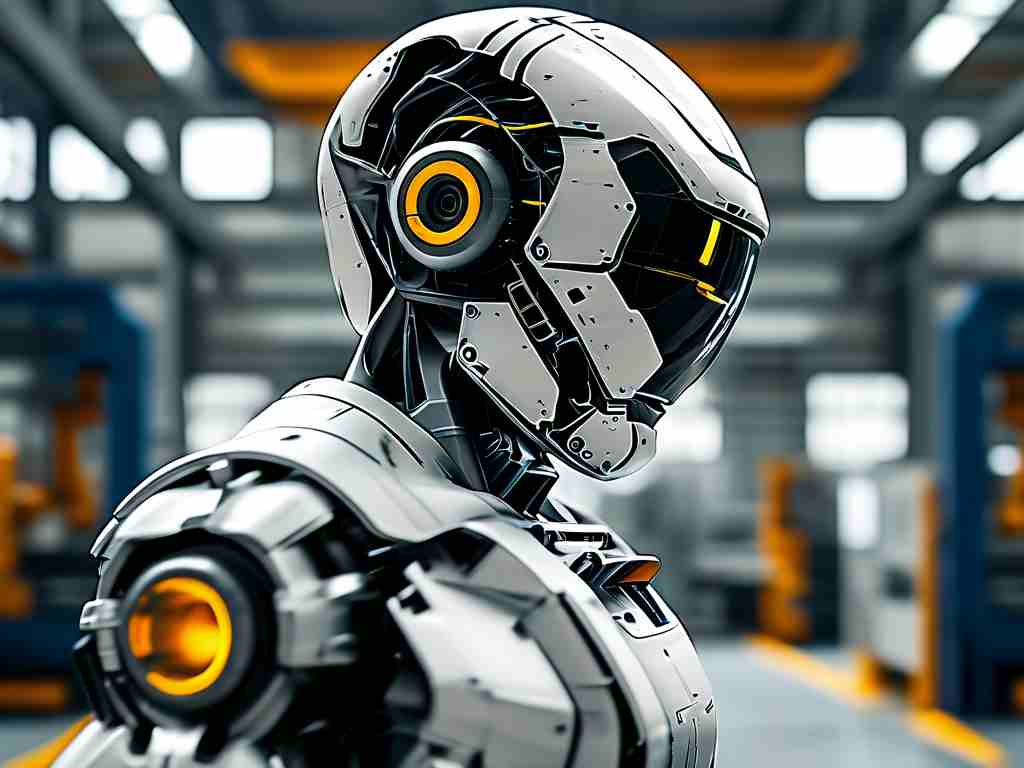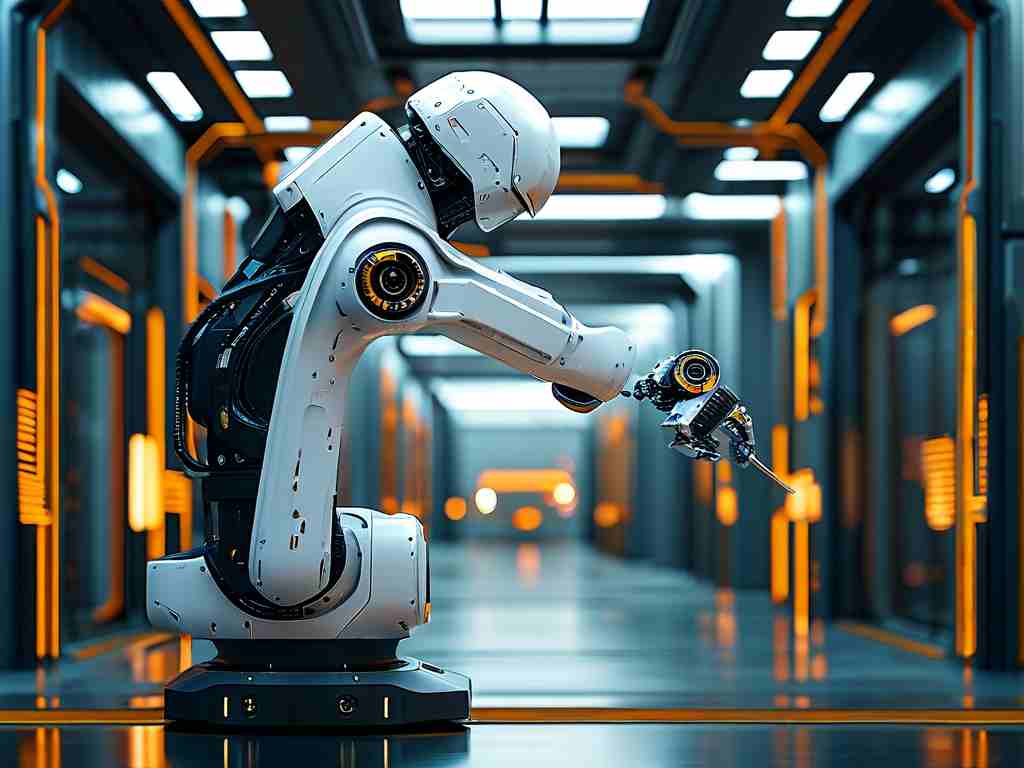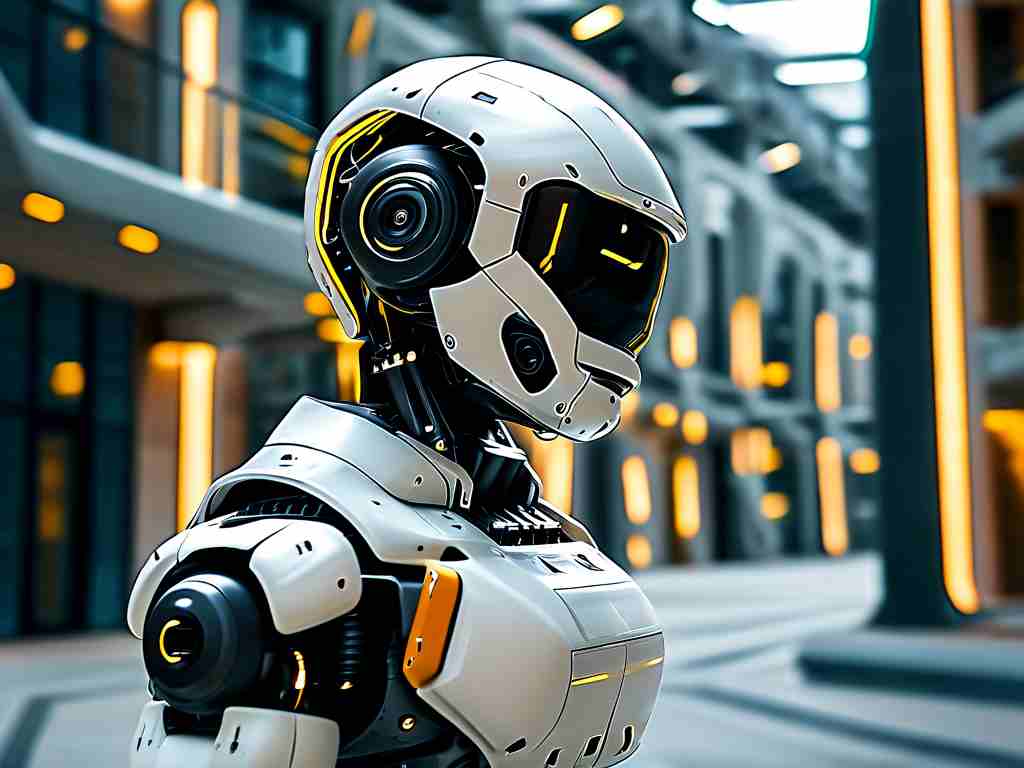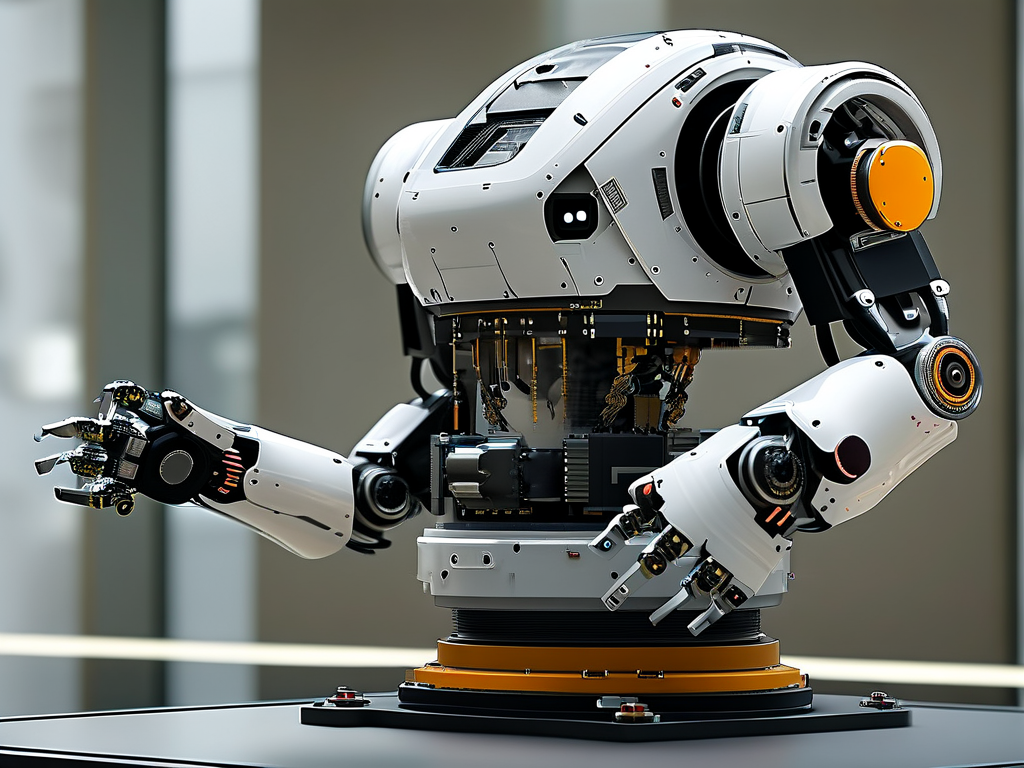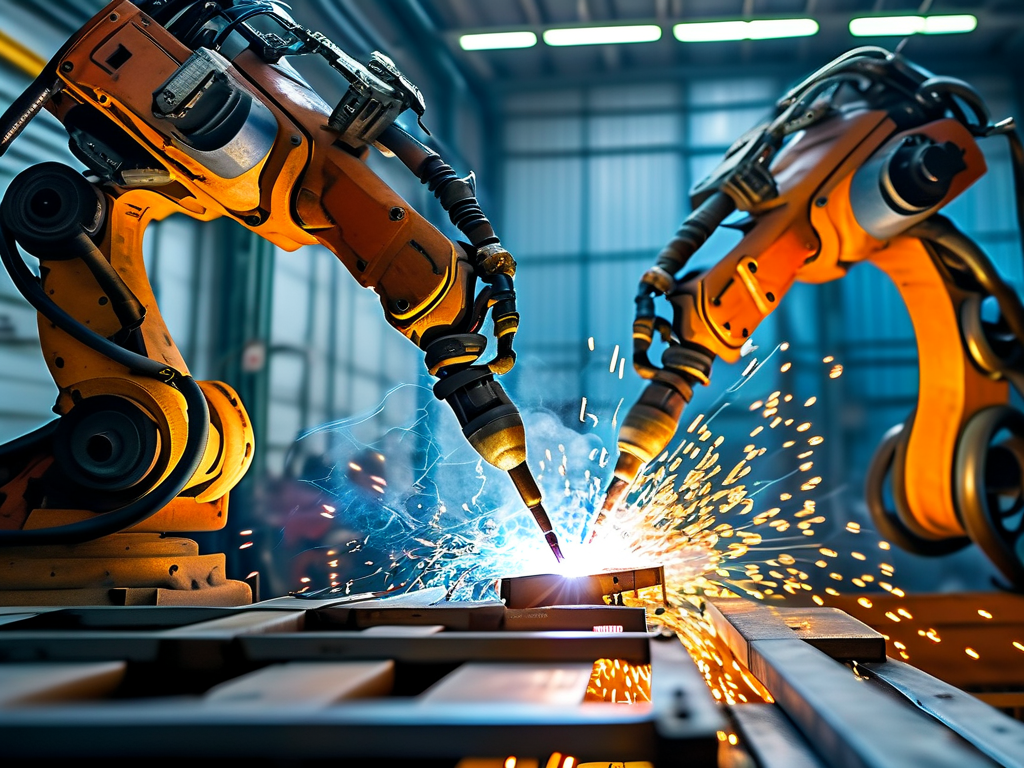The evolution of robotic movement capabilities has reached a critical milestone with the development of advanced bending-and-sitting mechanisms. These innovations are redefining how humanoid robots interact with dynamic environments, particularly in scenarios requiring seamless transitions between standing and seated positions. Engineers now prioritize creating systems that mimic natural human motions while addressing unique challenges in balance control and energy efficiency.
Core Technical Principles
At the heart of robotic sitting technology lies a sophisticated integration of three components: adaptive torque distribution systems, multi-axis pressure sensors, and predictive posture algorithms. Unlike traditional industrial robots confined to fixed trajectories, modern humanoid models employ real-time terrain assessment modules that analyze surface angles and material properties before initiating sitting motions. A breakthrough came with the implementation of "muscle memory" simulation, where hydraulic actuators replicate human tendon behavior through variable resistance patterns.
The bending sequence typically initiates with a 15° forward tilt at the hip joint, followed by progressive knee flexion controlled by magnetorheological dampers. This phased approach prevents sudden weight shifts that could destabilize the system. Experimental data from the Osaka Robotics Laboratory reveals their latest prototype achieves sitting motion within 2.8 seconds while maintaining 97.3% stability – surpassing human average performance metrics.
Application Scenarios
-
Industrial Maintenance: Robots equipped with this technology can now perform equipment inspections under vehicles or aircraft without requiring specialized docking stations. The Hyundai Motor Group recently deployed sitting-capable robots for assembly line quality checks, reducing inspection time by 40%.
-
Healthcare Assistance: In rehabilitation centers, robotic aides demonstrate controlled sitting motions to guide patients through physical therapy routines. The TUM-Biorobotics team developed a nurse assistant model that safely lowers itself to eye level when administering medication to bedridden patients.
Technical Challenges
Achieving natural sitting motions presents unique hurdles. During testing phases, engineers observed a 22% increase in power consumption during sitting cycles compared to upright locomotion. This stems from the need to constantly adjust center-of-mass coordinates while compensating for ground reaction forces.
Material scientists are addressing these limitations through hybrid exoskeleton designs combining carbon-fiber composites with shape-memory alloys. Early prototypes demonstrate 15% better energy retention during sitting sequences by storing kinetic energy in torsion springs during the descent phase.
Software Architecture
The control framework employs a dual-layer neural network:
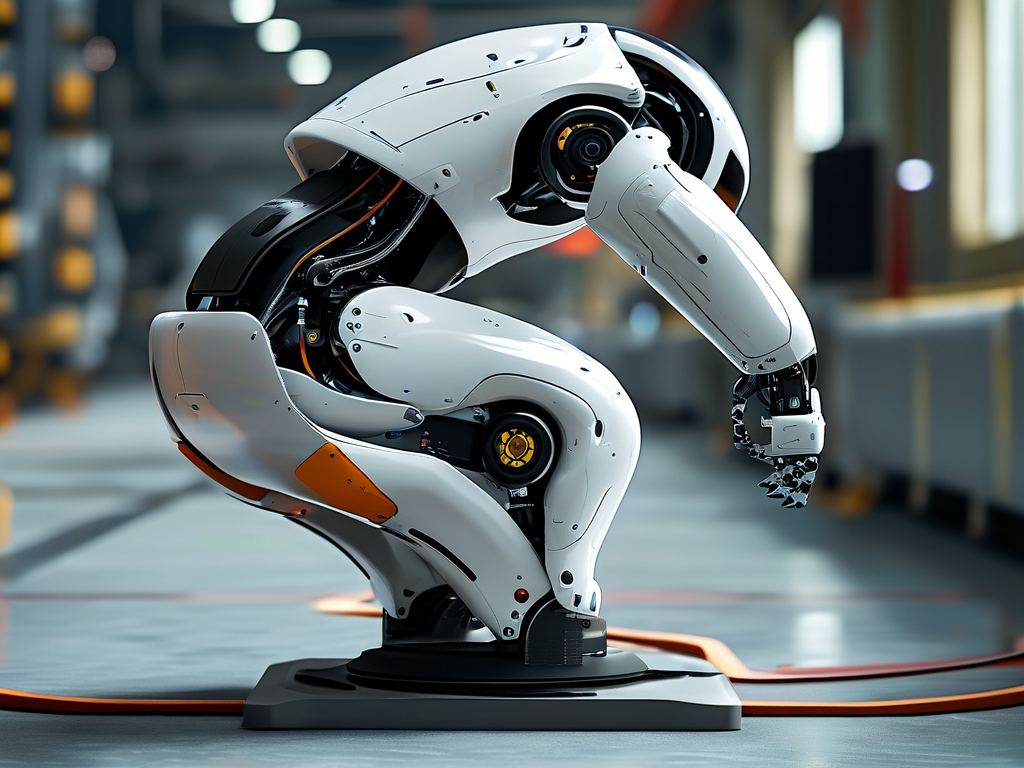
class SittingController:
def __init__(self):
self.pose_predictor = CNN_Model() # Convolutional posture analyzer
self.dynamics_adjuster = LSTM_Model() # Motion sequence optimizer
def execute_sit(self, terrain_data):
stability_score = self.pose_predictor(terrain_data)
motion_sequence = self.dynamics_adjuster.generate(stability_score)
return actuate_joints(motion_sequence)
This architecture enables real-time adjustments based on environmental feedback, crucial for handling uneven surfaces like soft cushions or inclined planes.
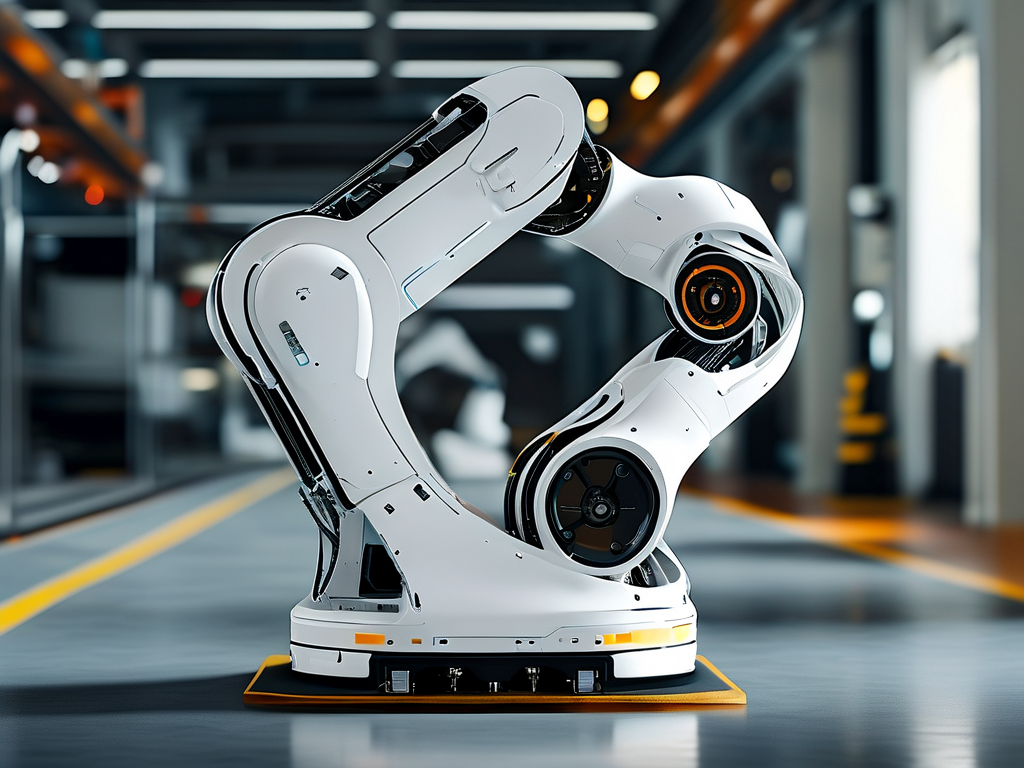
Future Developments
Emerging research focuses on quantum inertial sensors to enhance motion precision. Teams at ETH Zurich are experimenting with graphene-based pressure pads that provide 0.01mm resolution in surface topography mapping. Combined with neuromorphic computing chips, next-gen robots may achieve sitting motions indistinguishable from biological organisms by 2028.
Industry analysts project the market for sitting-capable service robots will reach $4.7 billion by 2030, driven by demand in eldercare and disaster response sectors. As these technologies mature, we stand at the threshold of a new era where robots fluidly navigate human-centric spaces with unprecedented biomechanical sophistication.


